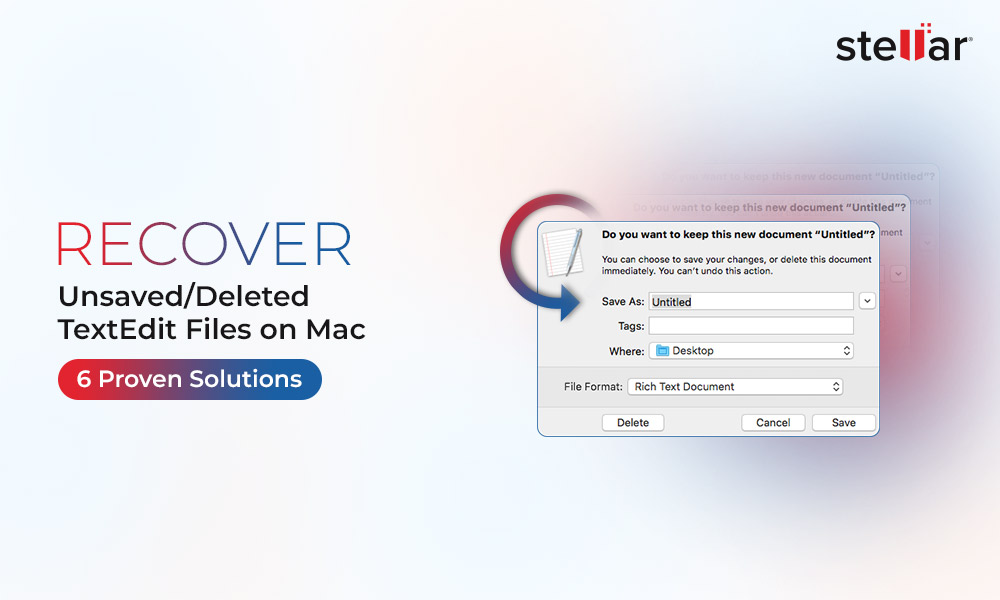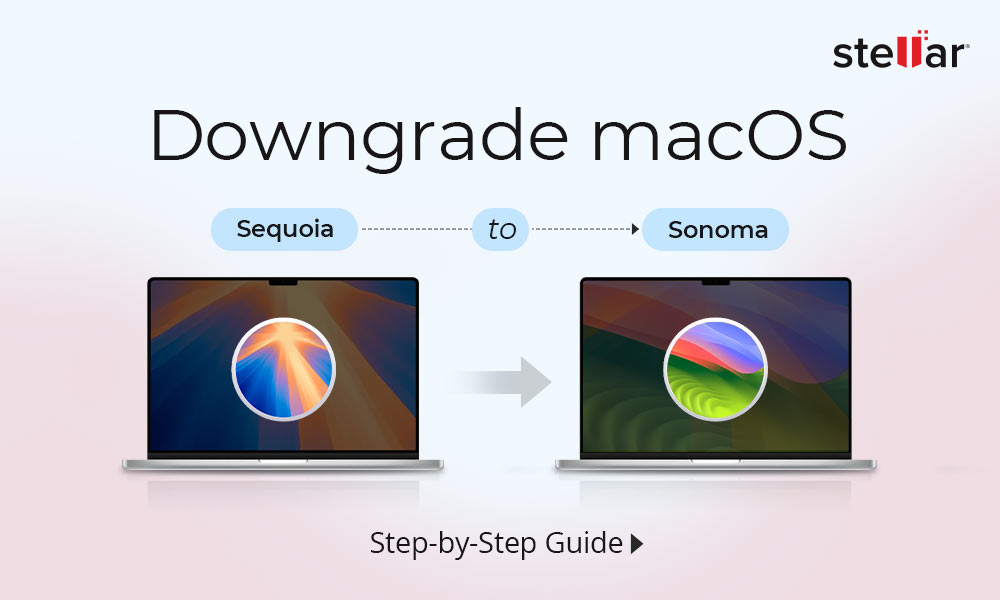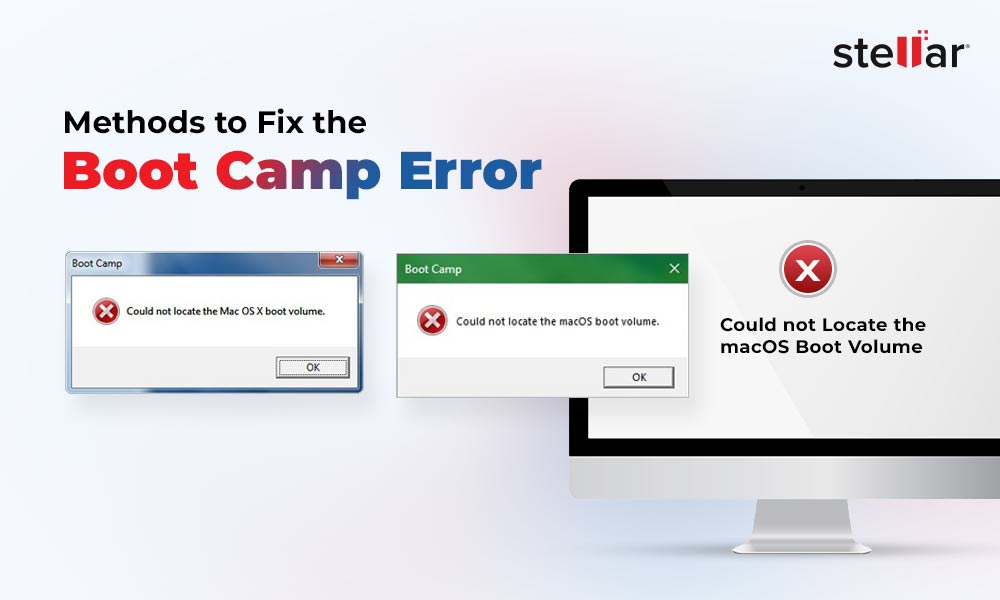Solid State Drives or SSDs use flash memory to store data electronically. Each NAND flash memory chip in an SSD has a grid of cells that store data in the form of electric charges. Similarly, while erasing data, an electric current passes through the cells to remove old data. This makes recovering of deleted data on SSDs pretty challenging.
As data is written and erased via passing electric charges, it results in excessive wearing of Mac SSDs due to cell degradation overtime. This gradually makes the drive less reliable for holding data and less efficient.
Therefore, to maximize a Mac/MacBook SSD’s lifespan, certain practices will help you prevent excessive wear on SSDs. Let’s dive in to learn more about SSD wear level on a Mac and ways to avoid data loss from an SSD.
Wear Leveling in an SSD
As the name suggests, wear leveling is a technique every SSD performs to ensure even usage of cells. As cells inside a NAND flash chip degrade with each P/E cycle, employing this technique allows the SSD controller to evenly utilize each cell, and therefore, maximize the lifespan of an SSD.
Each cell on an SSD microchip can only withstand a certain amount of Program/Erase (P/E) cycles before it starts to degrade. The P/E cycle of a flash cell determines the endurance of a NAND.
The amount of P/E cycles a NAND can handle depends on the type of NAND flash storage – SLC, MLC, TLC, and 3D NAND – used on the SSD. Here, is a diagrammatic representation of P/E cycles of various types of NAND flash storage.

Image Source - Kingston
Additionally, you can continuously write & erase data on an SSD only a few times before it stops working.
Now the question arises – should you be worried about it?
You shouldn’t be. Wear leveling is a background process that makes the SSD more efficient and improves its lifespan. As it runs in the background, wear leveling can impact Mac performance in the long run.
How to Prevent Excessive Wear on MacBook SSD and Improve SSD Lifespan?
Alongside Wear Leveling, there are other ways you can employ to maximize the lifespan of your MacBook’s SSD. These are –
Method 1: Use TRIM on Mac
The function of the TRIM command is to automate the erase process on the native SSD, thus improving the performance of Mac systems. TRIM command is essential as it flushes NAND flash and updates the tables with the latest data entries every time you reboot your Mac. This helps the SSD from removing deleted data that could lead to unnecessary write processes.
However, it has a downside – if you accidentally delete some files, empty the Trash, and reboot your Mac, you will permanently lose the files. Hence, be careful, as TRIM can make file recovery tricky or sometimes, impossible.
Method 2: Use Over-Provisioning
SSD controllers employ data management algorithms to manage storage and wear leveling efficiently. However, to run these complex algorithms, space is required. For this, you can leave some unallocated space on the Mac SSD. This process is known as over-provisioning, which makes the wear leveling process efficient and reduces write operations.
Method 3: Avoid Defragmentation
Unlike HDDs, defragmentation results in the unnecessary wearing of flash memory cells on SSDs. SSDs can access data at the same speed irrespective of location, so it is unnecessary. Hence, defragmentation should not be done on SSDs.
Method 4: Install Latest Firmware Updates
Keeping your SSD’s firmware updates ensures that performance improvements and other processes are updated with the latest patches and bug fixes.
Method 5: Lower the Number of Disk Writes
The best way to extend the lifespan of your MacBook’s SSD is to reduce the number of write operations. While writing essential data can’t be skipped, you can configure the system to write temporary and non-essential files to another storage drive, like an HDD.
Method 6: Regular Monitoring of SSD Health
SSDs are meant to be a reliable storage media. However, sometimes your Mac starts to underperform or show disk errors. That could be due to a failing native Mac/MacBook SSD. Generally, a Mac SSD or any SSD shows the following signs of SSD failure – file system corruption, bad sectors, drive controller malfunction, degraded cells, etc.
Therefore, if you encounter performance issues, read/write errors or missing data on the native MacBook SSD, a disk failure could be imminent. You can ensure of it by checking the Mac SSD’s health via Disk Utility or a professional data recovery software for Mac.
Method 1: Check the S.M.A.R.T. Status of your Mac SSD using Disk Utility
Apple allows you to check the native Mac SSD’s health and S.M.A.R.T. status using Disk Utility. This is a built-in tool for inspecting the health of your Mac/MacBook and estimating the MacBook SSD’s lifespan.
Open Finder and click Applications > Utilities > Disk Utility and select your SSD drive. If the S.M.A.R.T. status is showing Verified, your SSD is in good health. But if it’s showing Failing, you should immediately take a backup before replacing the SSD.
Method 2: Use Stellar Data Recovery Professional for Mac
Stellar Data Recovery Professional for Mac offers Stellar Drive Monitor as an added utility. You can utilize it to check the SSD’s health status, S.M.A.R.T. status, and more. If you find your MacBook SSD is failing, you can use it to clone the drive along with its contents to a new and healthy external storage drive.
If the Mac SSD is causing problems, such as system crashes or—worse—render your MacBook/Mac unbootable, you can use it to recover data and prevent data loss. Want to test its capabilities? Download the free trial version of Stellar Data Recovery Professional for Mac and see what it can do.
Conclusion
The mere speculation of SSD wear levels and its impacts on the longevity of a Mac SSD are no reasons to reject it. While, SSDs are susceptible to degradation and wear due to excessive use, it doesn’t undermine the fact that they are the future of data storage.
This limitation also helps us think out of the box and find ways to prevent excessive wear on Mac SSDs and use practices that help us improve the lifespan of a MacBook/Mac’s SSD.
We hope this exhaustive guide helped you understand how to use your MacBook’s SSD for a long time. If an SSD issue causes your Mac to become unbootable, you can always rely on Stellar Data Recovery Professional to recover files from an inaccessible Mac system.
More to Read
How Prone Are the Consumer NVMe SSDs to Data Loss During Power Outage?













 5 min read
5 min read





